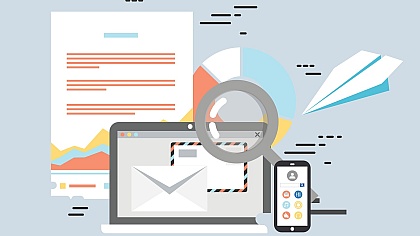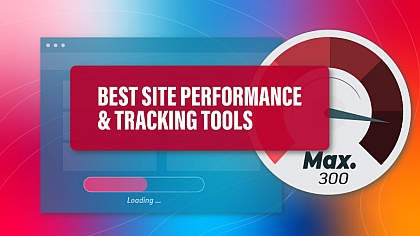Benefits & Challenges of Implementing a Time-tracking System
In 2024, 38% of US companies still use punch cards and paper timesheets to track employee attendance. The situation is worse in Canada, where a startling 58% of companies rely on these legacy methods.
Time tracking is an excellent way to deal with the lack of visibility on how employees spend and manage their time. It can make your business more profitable and your team more effective.
Let's take a look at the benefits and some challenges of implementing a time-tracking system in the office.
Estimate And Track How Much Time Is Spent on Tasks
Time tracking will help you estimate and measure the time your team spends on different tasks, projects, or activities. Your team could be working on many different projects daily, weekly, or monthly - time tracking simplifies managing each one.
In addition, time tracking makes it easier to estimate project duration. Project managers make more reliable estimates by analyzing the time tracked and prior time allocation. By reviewing how much time was spent on a similar project in the past, they can approximate how much time it will take to complete a current one.
Bill Clients And Calculate Payroll
A simple time-tracking tool like a clock in and out calculator can help create accurate and convenient invoices. Companies that bill clients based on time will find this particularly helpful. Time-tracking systems are useful in accurately computing payroll. They create timesheets for employers to use in their calculations. Most systems can handle payroll for shift-based work, too.
Track Your Labour Costs
Companies continue to struggle with the cost of labor despite the deceleration of wage growth for office workers: from 4.4% in the third quarter of 2023 to 4.2% in the final quarter. Managers can identify hidden cost centres and underperforming projects by tracking employee time. Without a time-tracking system, these would most likely have remained under the radar. It’s easier to track labour costs this way.
Stay Abreast of Employee Capacity
As a business grows, so does the number of employees, and they are harder to monitor. Every minute counts when it comes to setting employees up for success. Time tracking gives an overview of each employee’s productivity and workflow within the organization.
According to a study from Deloitte, 50% of team managers who don’t use automated time-tracking systems consider manual data entry and adjustments to be the most time-consuming work aspect. What’s more, managers aren’t always aware of their team members’ actual workload. Some might be working less at the expense of others. A time-tracking system provides the information needed to identify over- and underutilized staff. Managers can resolve any issues arising from this by hiring new employees or bringing in other staff for support. This enhances productivity and boosts employees’ morale.
The Challenges: Data Accuracy, Micromanagement, Integration with Other Tools
Only complete or correct data from a time-tracking system results in accurate reports. Companies should make sure the software covers all employee activity and captures data in real time. Establish a procedure for logging data into the system to ensure the data it collects is accurate and exhaustive.
When companies start to apply time tracking, some employees report feeling like they’re being micromanaged, which makes them more likely to quit. In 2024, 55% of employees say micromanagement harms their productivity, and 70% believe it has caused their morale to suffer. Worryingly, 59% have had a micromanager at some point in their employment history.
Unless perceived micromanagement is addressed, it can lead to resentment and reduce motivation. Managers can do this by explaining the reason for introducing time tracking. They should demonstrate how the company will use employees’ data to build an atmosphere of trust and transparency.
Finally, integrating time-tracking systems with other technology can be challenging, especially in terms of data transfer between systems. You can prevent this issue by getting a time-tracking system with APIs. Companies should update their systems regularly and consider using third-party apps for seamless integration.
Businesses can achieve higher productivity with the right tools to measure and analyze the time tracked. Monitoring how your team spends time is essential for companies of all sizes and types of workforces. However, your employees should never be allowed to perceive the time-tracking system as a controlling mechanism.














